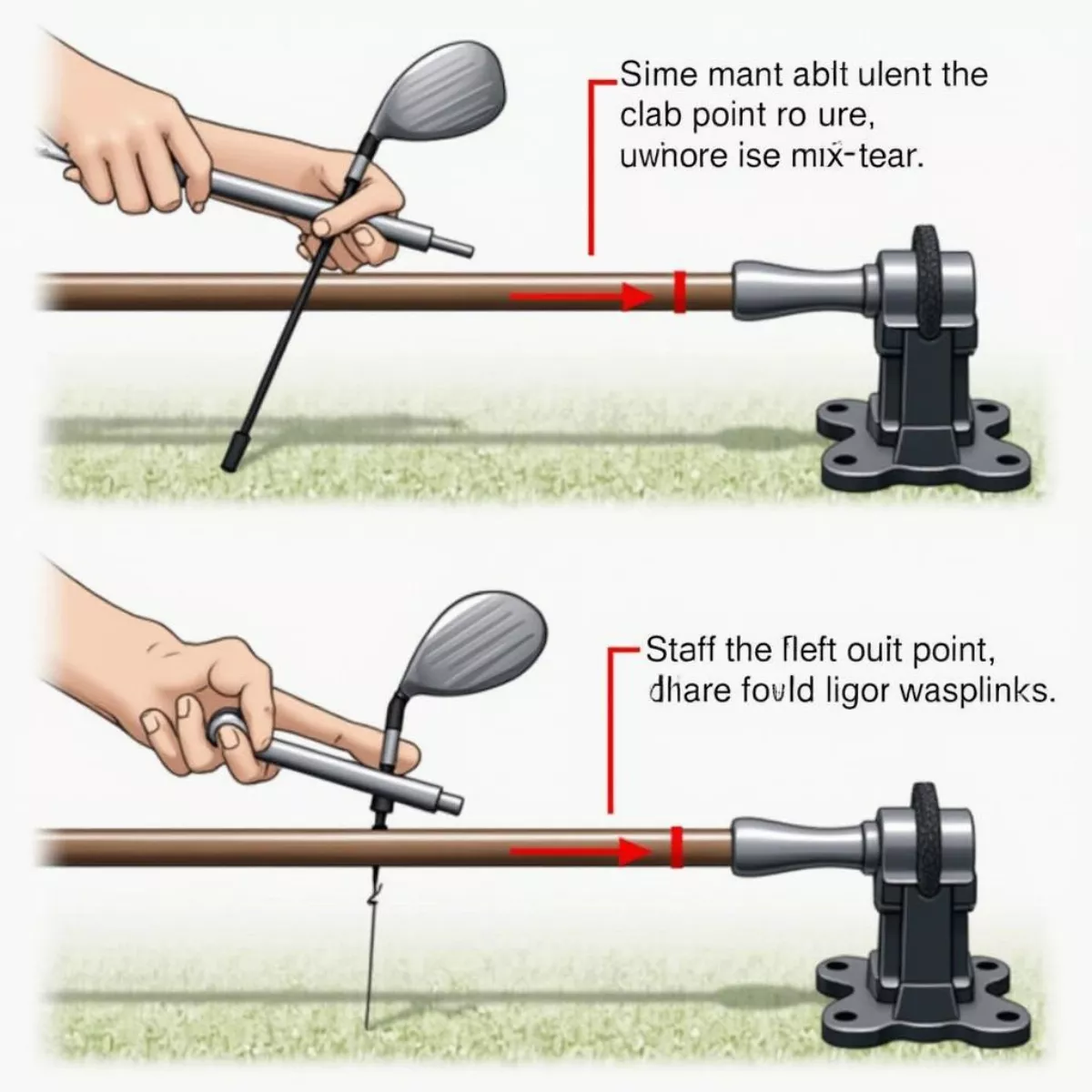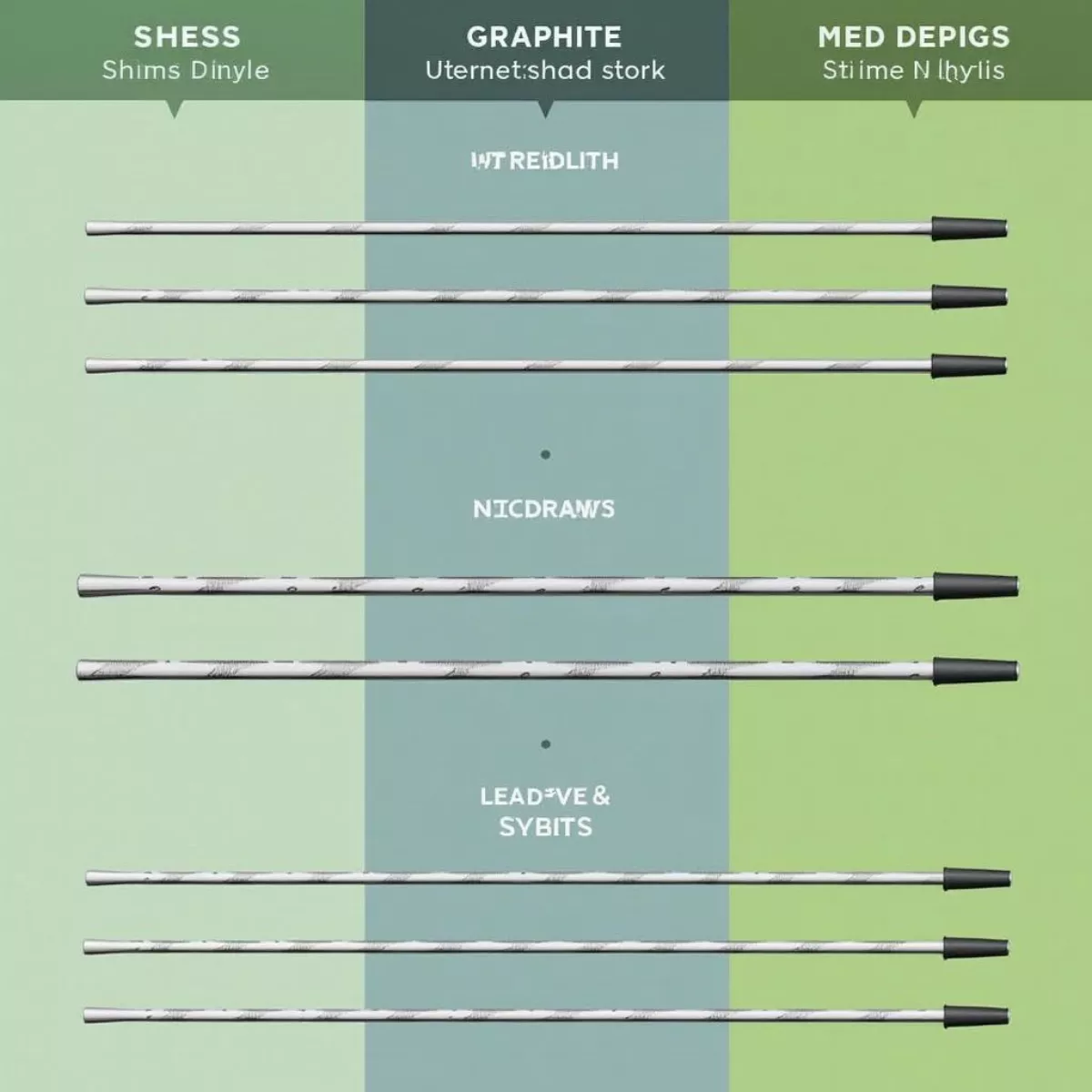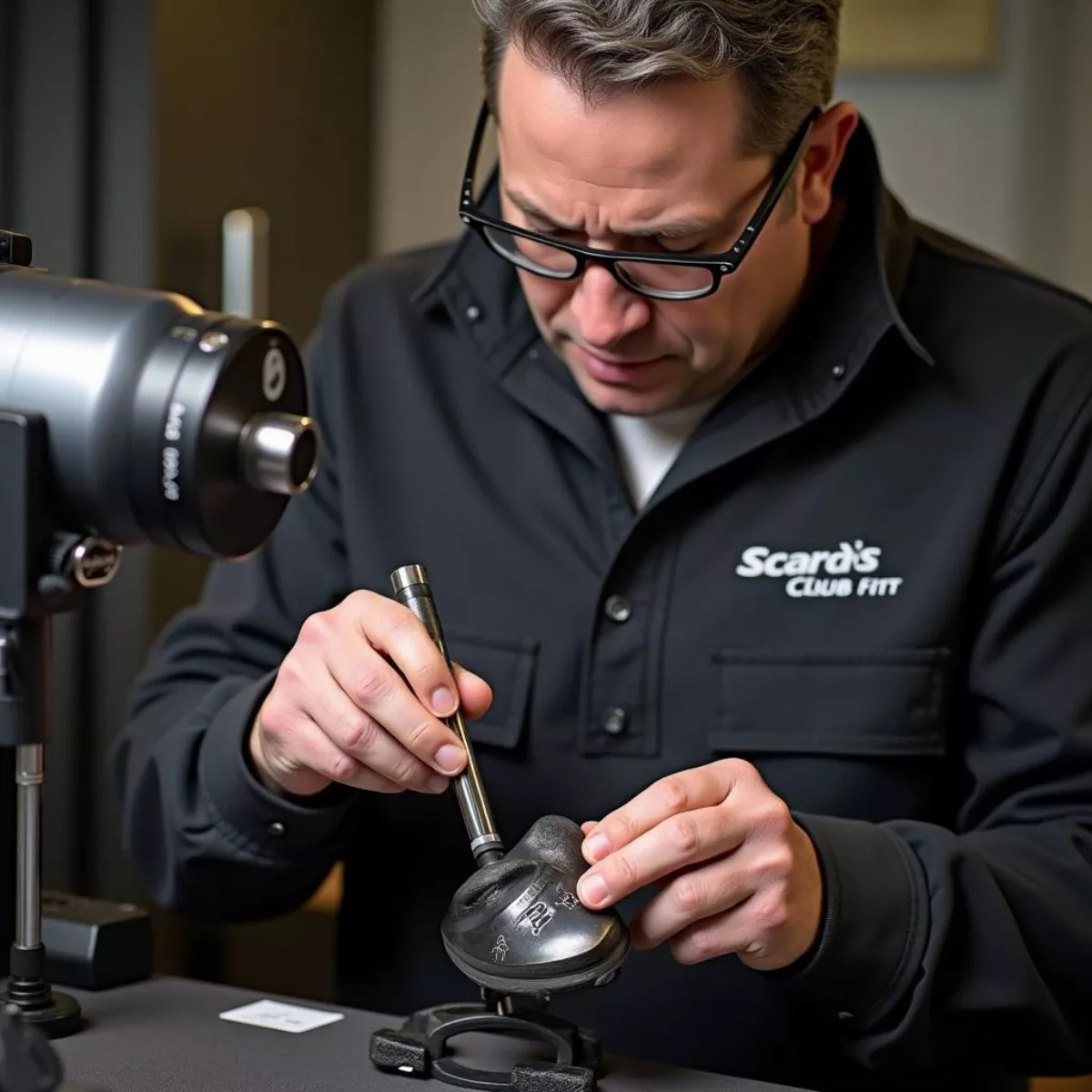Golf is more than a sport; it’s a passion for many. At the heart of every great game is precision and personalized equipment, especially when it comes to your golf shaft. One essential process that often gets overlooked is pureing a golf shaft. If you’ve ever wondered what this is, how it can improve your game, or if you should consider it, you’re in the right place!
Understanding Pureing
So, what exactly is pureing a golf shaft? In simple terms, it’s a method that ensures the shaft is optimally aligned for the best performance. This is achieved by identifying the shaft’s true bend point and aligning it accordingly with the club head during installation. The essence of pureing is to enhance consistency, promote accuracy, and improve overall feel.
Why is Pureing Important?
Here are a few reasons why pureing a golf shaft is crucial for your game:
- Enhanced Consistency: A pure shaft ensures that each swing feels the same, leading to better results hole after hole.
- Improved Accuracy: By aligning the bend point with your swing, you can increase your accuracy on the course.
- Better Feel: Golfers often report that a pure shaft offers a better feedback loop, allowing for a more satisfying swing.
 Golf Shaft Pureing
Golf Shaft Pureing
The Process of Pureing a Golf Shaft
1. Identifying the Shaft’s Bend Point
To begin, you first need to determine the true bend point of your golf shaft. Different shafts have different characteristics, so knowing how yours performs is essential.
2. Aligning the Shaft with the Club Head
Once you know the bend point, the next step is to align it correctly with the club head. This alignment ensures that when you swing, the energy is transferred properly throughout the club and meets the ball in the ideal position.
3. Consultation with Experts
It’s often advisable to consult with club fitters or golf professionals who specialize in shaft pureing. They have the tools and expertise needed to ensure the process is done perfectly.
Tools You Might Need for Pureing
- Shaft Aligning Tool: To help identify the bend point.
- Measuring Tape: For precise measurements.
- Marker: To mark alignment points on your shaft.
- Vice: For stabilizing the club during alignment.
Different Types of Shafts and Pureing Techniques
Not all golf shafts are created equal. Different materials and designs can influence the pureing process. Here’s a quick overview:
| Shaft Type | Material | Pureing Technique |
|---|---|---|
| Steel Shafts | Steel | Standard pureing |
| Graphite Shafts | Carbon Fiber | Advanced alignment |
| Hybrid Shafts | Combination | Custom fitting |
Pureing Techniques:
- Standard Pureing: Commonly used for steel shafts, this is a straightforward approach that doesn’t require extensive equipment.
- Advanced Alignment: Used mostly for graphites; this method might involve additional measurements based on how the golfer swings.
 Different Golf Shaft Types
Different Golf Shaft Types
Tips for Golfers Considering Pureing
- Evaluate Your Swing: Understanding how you swing can help in deciding whether pureing could benefit you.
- Consult Professionals: Don’t hesitate to reach out to experts. They can provide valuable insights tailored to your playing style.
- Consider Your Equipment: Different golfers require different setups—what works for one might not work for another.
Key Takeaways
- Pureing a golf shaft optimizes alignment for improved accuracy and consistency.
- Understanding the bend point of your shaft is crucial for successful pureing.
- Consulting with professionals can greatly enhance your experience.
- Different shaft types might require different pureing techniques.
FAQ Section
1. What is the primary objective of pureing a golf shaft?
The main objective of pureing is to ensure optimal alignment of the shaft’s bending characteristics, resulting in enhanced performance during swings.
2. How do I know if my golf shaft needs pureing?
If you notice inconsistencies in your shots or feel a lack of control, pureing might be beneficial. Consulting a professional can also provide insights.
3. Can I perform pureing myself?
While it’s possible to do it yourself, it is often best carried out by a professional club fitter to ensure precision.
 Professional Golf Club Fitting
Professional Golf Club Fitting
4. What types of golfers benefit the most from pureing?
All golfers can benefit, but serious players or those looking to improve consistency, accuracy, and feel may find it particularly advantageous.
5. Does pureing a golf shaft affect distance?
Indirectly, yes. By improving accuracy and consistency, players often see better distances as they hit the ball more squarely.
6. How long does the pureing process take?
The duration can vary, but expect anywhere from a few hours to a day if a professional is working on it.
7. Is pureing more important for certain types of shafts?
Yes, graphite shafts generally benefit more from pureing due to their unique characteristics compared to steel shafts.
8. Are there common brands that specialize in pureing?
Brands like Mitsubishi, Project X, and Fujikura often have technologies and services specifically tailored to shaft pureing.
9. What equipment do I need for pureing?
You’ll need a shaft aligning tool, measuring tape, a marker, and a vice for stabilizing your club.
10. Can I see improvements in my game immediately after pureing?
Many golfers report immediate improvements, but the full benefits might become apparent over a few rounds as you adjust to the changes.
Pureing a golf shaft may sound like a nuanced process, but it can significantly impact your game’s quality. Whether you’re a weekend warrior or a regular player on the circuit, considering pureing might just be the secret to elevating your performance. Now that you understand what pureing is and how it can help, you’ll be well on your way to optimizing your golf equipment for your best game yet!
For more information on club fitting, check out our article on Choosing the Right Golf Club. Happy golfing!